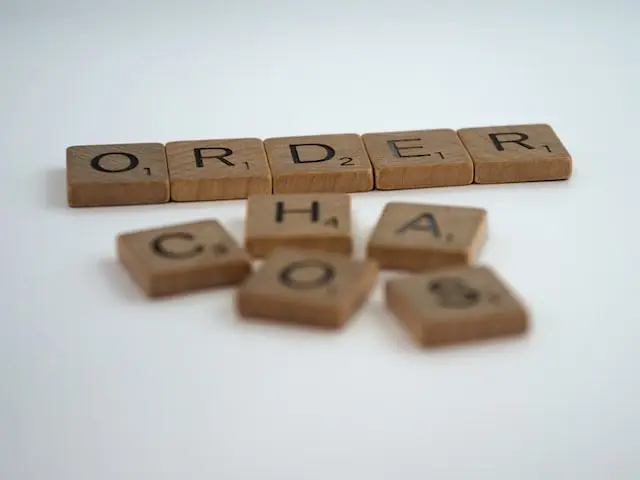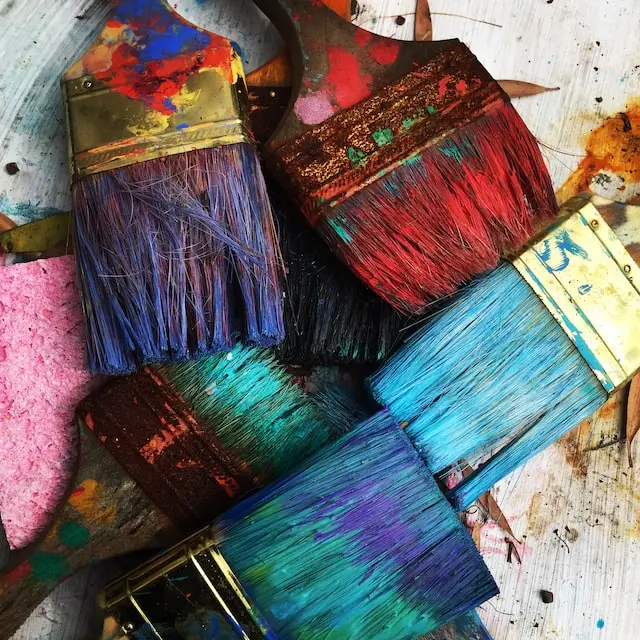The Duality of Design: Balancing Creativity & Content

We often find ourselves burdened by the concept of balance, both in our daily lives and in business. With the landscape of web design changing constantly, your website can certainly take on that same burden and weigh down the creative process. So how do we balance creativity with the piles of content and ideas that you have at your side? Answers are rarely black and white, and this duality of design certainly does not break the mold.
Let’s take a step back…

When someone imagines website content, they may envision static text, links to documents or resources, and engaging images. Maybe some colors and a basic style – but then what? Rewind and consider the big picture from the beginning and create some type of map or layout structure that can be leaned on while moving through the creative process. This outline can include some basic information with respect to the content but it’s important that the details remain concise to ensure that we aren’t getting hamstrung right out of the gate. It’s not always the details… sometimes it’s this big picture that matters!

What about the content?
Ohhh, the content… that mountain of information piled on a desk or in a file repository that is home to years of hard and dedicated work deserves to shine, so that’s what the process should accomplish! During the discovery phase of building out a website, it’s important to parse the content to create an organized structure that will help guide the development of the site. While simplicity should be the primary goal, this can be as complex as required. Once the content has been vetted and their on-site locations have been established, additional details can be added to the map or layout structure to help push the ideas forward.
We have a plan!
Great! It’s now time to put on our creative hats and really dig in. Some basic style direction needs to be created:
- What type of font is preferred? Aim for bold and impactful, soft and welcoming, or something in between.
- Create a color palette, which can be more fun than expected! The vastness of web resources simplifies the process and can help guide us through various palettes and complimentary color schemes.
- How should each element be laid out on the page? A simple process called wireframing… essentially, a basic layout is created with some light details for each element and where they will reside.
Once the overall style of the site has been established and with the basic wireframe in mind, the design concepts can easily be expanded and if needed, a high-fidelity mockup should be created. This will help visualize the design in a manner that is easy to digest and adjust. Limits begin where imagination ends so think of the web as your digital oyster where the freedom exists to create on a blank canvas of ideas!
Putting it all together.
Once the content has been combed through and the various avenues of design have been explored, hard work can then blend with creative expression. This may seem like a tedious and daunting process. If the planning is done properly and in an organized manner that focuses on development, it’s not nearly as difficult as it otherwise may be. Take a deep breath, review the work you’ve spent your quality time on, and click that ‘New Page’ button!
“One step at a time is all it takes to get you there.”
– Emily Dickinson
While this process can certainly be done by an individual, it’s important that you consider collaborating with a web design team. There are very few things in life in which we have so much flexibility to create and ability to reach across the globe. It’s important that you give your website as much love as you can because after all, your site design should place your hard work on the pedestal it deserves!





